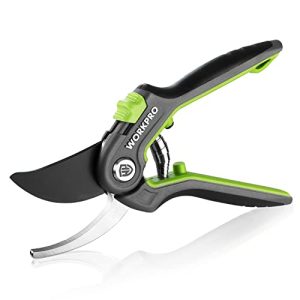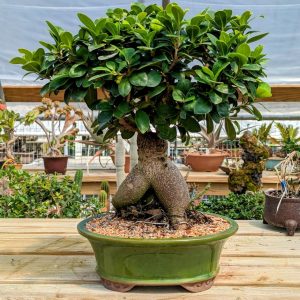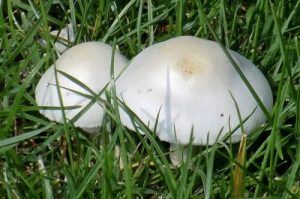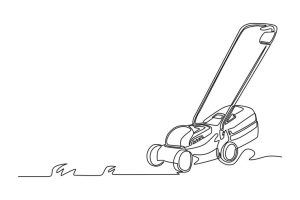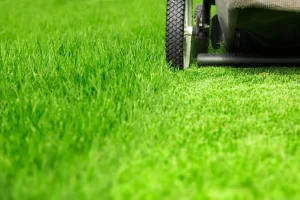Imagine waking up to the cheerful chirping of birds right outside your window. It’s a simple pleasure that can transform your morning routine and bring a touch of nature to your home.
If you’ve ever wondered how to invite these feathered friends to a window feeder, you’re in the right place. You see, attracting birds to your window isn’t just about tossing out some seeds. It’s about creating a welcoming environment that caters to their needs and preferences.
You’ll discover the secrets to turning your window into a bustling avian hangout, ensuring you can enjoy the beauty and serenity they bring every day. So, are you ready to uncover the tips and tricks that will make your window the most popular spot in the neighborhood for birds? Let’s get started!
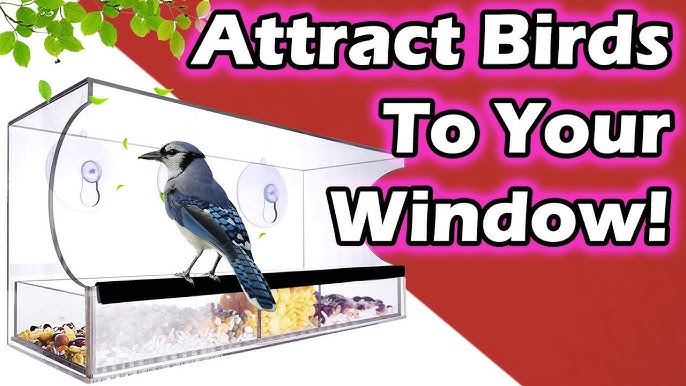
Choosing The Right Feeder
Selecting a window feeder can draw in colorful birds right outside your window. Place feeders at a safe height and fill them with seeds birds love. Ensure a variety of seeds to attract different species.
Attracting birds to your window feeder is a delightful way to connect with nature right from your living room. But to ensure a steady stream of feathered visitors, choosing the right feeder is crucial. The right feeder not only attracts birds but also enhances your bird-watching experience by being durable and easy to maintain.Types Of Window Feeders
Window feeders come in various types, each catering to different bird species and viewing preferences. Tray feeders offer an open design, ideal for small birds like finches and sparrows. Tube feeders are perfect if you wish to attract specific birds by using different seed types. Hopper feeders, with their covered design, protect seeds from rain, making them perfect for year-round use. Consider what birds you hope to attract and choose a feeder that meets their needs.Best Materials For Durability
The material of your window feeder can significantly impact its longevity. Acrylic feeders are popular due to their transparency and sturdiness. They let you observe birds closely while withstanding harsh weather conditions. Wooden feeders add a rustic touch but require more maintenance and are best suited for sheltered locations. Would you prefer a feeder that blends with your home’s exterior or one that stands out?Size And Capacity Considerations
The size and capacity of your feeder determine how often you’ll need to refill it and which birds it will attract. A larger feeder can accommodate more birds and reduce the frequency of refills, making it ideal for busy individuals. However, if space is limited, a compact feeder might be more suitable. Think about your window size and the bird population in your area. Are you prepared for a bustling bird hub, or do you prefer a more intimate setting with fewer birds? Choosing the right window feeder is the first step in building a bird-friendly environment. By considering the type, material, and size, you can create a welcoming space that not only attracts birds but also enriches your daily life with their presence.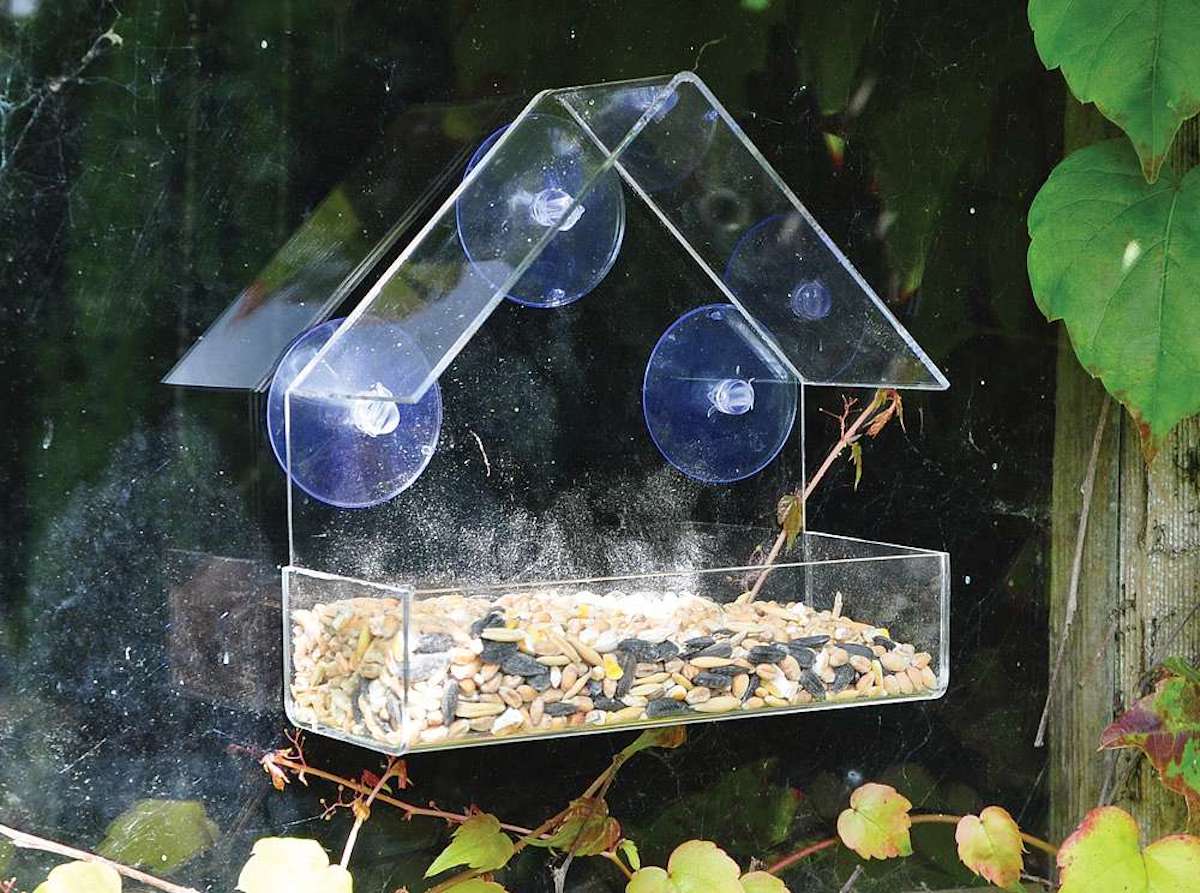
Optimal Placement
Attracting birds to a window feeder can be a delightful way to enjoy nature up close, but success hinges on optimal placement. Have you ever wondered why some feeders are buzzing with activity while others remain deserted? The secret lies in their positioning. Let’s dive into how you can ensure your window feeder becomes a hotspot for feathered visitors.
Selecting The Right Window
Choosing the perfect window is crucial. Look for a window with a clear view and plenty of natural light. Consider windows that face gardens or trees, as birds are naturally drawn to these areas. Does your window have a ledge or sill? This can offer a safe landing spot for birds as they approach the feeder.
Height And Accessibility
Height matters more than you might think. Position your feeder at a height that’s visible from indoors but also accessible to birds. Typically, placing the feeder at chest level is ideal. Do you have children or pets who might disturb the birds? Ensure they can’t easily reach the feeder, providing a calm feeding environment for your visitors.
Safety From Predators
Safety is paramount for your avian friends. Keep feeders away from places where cats can easily pounce or hawks can swoop down. Are there bushes or shrubs nearby? While these offer cover, they can also hide predators. Aim to place your feeder at least 3 feet away from potential hiding spots.
By focusing on optimal placement, you create an inviting and secure environment for birds. Have you tried adjusting your feeder’s position recently? It might just be the key to turning your window into a bustling birdwatching zone.
Selecting Bird-friendly Food
Choosing the right food is key to attracting birds to a window feeder. Opt for seeds like sunflower, safflower, or millet to draw various bird species. Fresh fruits and suet can also entice birds, creating a lively and colorful display right outside your window.
Selecting bird-friendly food is crucial for attracting birds to your window feeder. Birds have specific dietary needs, and offering the right food ensures they visit often. This also helps maintain their health and well-being. Understanding what different bird species prefer can make your feeder a popular spot. Let’s explore some options to make your window feeder a bird’s favorite dining place.Popular Birdseed Varieties
Different bird species prefer different seeds. Black oil sunflower seeds are a favorite among many birds. They are rich in fat and provide energy. Nyjer seeds attract finches with their high oil content. Millet is excellent for sparrows and doves. These seeds ensure your feeder sees a variety of birds. Stock up on these seeds for a busy feeder.Offering Fresh Fruits And Nuts
Fruits and nuts attract birds with their natural sugars and proteins. Offer sliced apples or bananas to draw in fruit-loving species. Blue jays and woodpeckers enjoy peanuts and almonds. Ensure these are unsalted and fresh. Fresh foods can attract birds that don’t usually eat seeds. This adds diversity to your bird visitors.Avoiding Harmful Ingredients
Some ingredients can harm birds. Avoid foods with artificial colors or flavors. Bread and crackers lack nutrients and can harm birds’ health. Avoid chocolate and anything with caffeine; they are toxic to birds. Check food labels carefully to ensure safety. Keeping harmful ingredients away ensures a safe feeding environment.Creating A Welcoming Environment
Creating a welcoming environment is key to attracting birds to your window feeder. Birds are naturally cautious creatures, so making them feel safe and comfortable is crucial. It’s not just about hanging a feeder; it’s about crafting a space that invites them to visit. Let’s dive into some practical ways to make your window feeder irresistible.
Incorporating Bird Baths
Birds love to splash and play in water. Adding a bird bath near your window feeder can be an excellent way to invite them in. Not only does it provide a place for birds to drink and bathe, but it also adds a touch of serenity to your garden. Consider a small, shallow bath with clean water. You’ll be surprised by how quickly birds discover this new oasis.
Adding Natural Elements
Birds are drawn to natural surroundings. Think about the types of birds you want to attract and add elements they love. Plant native shrubs and flowers that offer shelter and food. Use stones or branches around the feeder to mimic their natural habitat. This creates a more inviting space and encourages birds to linger longer.
Minimizing Noise And Disturbance
Birds are sensitive to noise and sudden movements. Keep your feeder away from loud areas or busy walkways. Try to minimize disturbances by choosing quieter spots for your feeder. This doesn’t mean you need to be silent, but a calmer environment can make a big difference. Have you ever noticed how peaceful it feels when you step away from the hustle and bustle? Birds feel the same way.
Creating a welcoming environment isn’t just about aesthetics. It’s about understanding what birds need and enjoy. By focusing on these elements, you’re not just attracting birds—you’re creating a peaceful retreat for them and for yourself. Imagine sipping your morning coffee while watching vibrant birds flutter around your window. It’s a simple joy, but one that connects you with nature in a meaningful way.
Maintaining Cleanliness
Attract birds to your window feeder by keeping it clean and free from debris. Regularly wash the feeder with mild soap and water. This prevents mold and keeps the seeds fresh, inviting more birds to visit.
Maintaining cleanliness in your window bird feeder is crucial. Birds are attracted to clean and safe feeding environments. A dirty feeder can deter them and spread diseases. Regular cleaning keeps birds healthy and encourages them to visit more often. Below are essential tips for keeping your bird feeder clean and inviting.Regular Cleaning Routine
Create a cleaning schedule. Clean the feeder weekly to prevent buildup. Use warm water to rinse away debris. Regular checks ensure it’s free from droppings or spoiled seeds. A tidy feeder attracts more birds.Preventing Mold And Bacteria
Mold grows in damp and dirty feeders. Remove wet seeds promptly. Dry the feeder thoroughly after cleaning. Bacteria can harm birds. Keep the feeder dry and clean to stop growth. Use a brush for thorough cleaning.Safe Cleaning Products
Choose bird-safe cleaning products. Avoid harsh chemicals. Use mild soap or vinegar solutions. Rinse well to remove residues. Safe cleaning keeps birds healthy and returning. Gentle products protect their delicate systems.Observing And Enjoying Birds
Watching birds at your window feeder can be a delightful experience. It brings nature closer and offers a chance to learn about various bird species. The vibrant colors and lively antics of birds can brighten your day. With a little patience, you can enjoy these feathered friends in all their glory. To make the most of this experience, understanding bird behavior is key. Below are some tips on how to enhance your bird-watching adventure.
Identifying Common Visitors
Start by identifying common birds visiting your window feeder. Use a simple bird guide or an app to help. Look for distinguishing features like color patterns and beak shapes. With time, you’ll recognize familiar faces and new arrivals. Knowing your visitors adds depth to your bird-watching experience.
Documenting Bird Activity
Keep a journal of bird activity at your feeder. Note down the time, species, and behaviors observed. You can also take photos or videos for a visual record. This helps track changes in bird visits over time. Your documentation can reveal fascinating patterns and trends.
Encouraging Long-term Visits
To keep birds coming back, maintain a clean feeder. Offer a variety of seeds to attract different species. Regularly refill the feeder to ensure a constant food supply. Consider adding a birdbath nearby to provide water. A welcoming environment encourages birds to become regular visitors.
Troubleshooting Common Issues
Attracting birds to your window feeder can be a delightful experience. Ensure the feeder is clean and stocked with fresh seeds regularly. Position it away from noise to create a peaceful environment for your feathered visitors.
Attracting birds to a window feeder can be rewarding. Yet, some challenges may arise. Issues like pests, window collisions, and low attraction rates are common. Addressing these can enhance your bird-watching experience. Let’s explore solutions to these problems.Discouraging Unwanted Pests
Pests like squirrels can be a nuisance. Use feeders with weight-sensitive perches. These close when heavier animals sit on them. Install a squirrel baffle above the feeder. It acts as a barrier, preventing access. You can also use spicy birdseed. Birds don’t mind the heat, but pests do.Handling Window Collisions
Birds sometimes crash into windows. This can be harmful to them. Place decals on the glass to alert birds. They help in making glass visible to flying birds. Move the feeder closer to the window. This reduces the speed at which birds hit the glass. Netting outside the window can also cushion impacts.Improving Attraction Rate
Birds love variety. Offer different types of seeds. Black oil sunflower seeds attract many species. Keep the feeder clean. Old food can deter birds. Ensure the feeder is visible. Trim any overgrown branches blocking the view. Add a birdbath nearby. Water attracts birds too. Adjust feeder placement if birds aren’t visiting. Sometimes a small change can make a big difference.
Frequently Asked Questions
Why Won’t Birds Come To My Window Bird Feeder?
Birds may avoid your feeder due to location, food type, or presence of predators. Ensure it’s in a quiet spot, use quality seeds, and check for nearby threats. Clean the feeder regularly to attract more birds.
What Is The 5 7 9 Rule For Bird Feeders?
The 5 7 9 rule for bird feeders suggests using feeders 5 feet off the ground, 7 feet from cover, and 9 feet from other feeders to ensure bird safety and reduce predator risks. This setup encourages diverse bird visits and provides a safe feeding environment.
How Long Does It Take For Birds To Find A Window Bird Feeder?
Birds typically find a window feeder within a few days to a few weeks. Placement and visibility matter. Ensure it’s filled with appealing bird food to attract them quickly. Patience is key, as birds may take time to discover new feeding spots.
Consistency in offering food helps.
What Attracts Birds To Windows?
Birds are attracted to windows due to reflections of sky and trees. They mistake glass for open space.
Conclusion
Attracting birds to your window feeder can be rewarding. Enjoy watching nature up close. Use quality seeds to entice various bird species. Clean your feeder regularly to keep birds returning. Position the feeder near plants or shrubs for safety. Try different feeder styles to see what birds prefer.
Be patient; birds may take time to visit. Create a welcoming spot for them. With these tips, your window will become a birdwatching haven. Soon, you’ll enjoy the beauty and serenity they bring. Keep experimenting and observing. Nature has its own rhythm.
Enjoy each visit.


